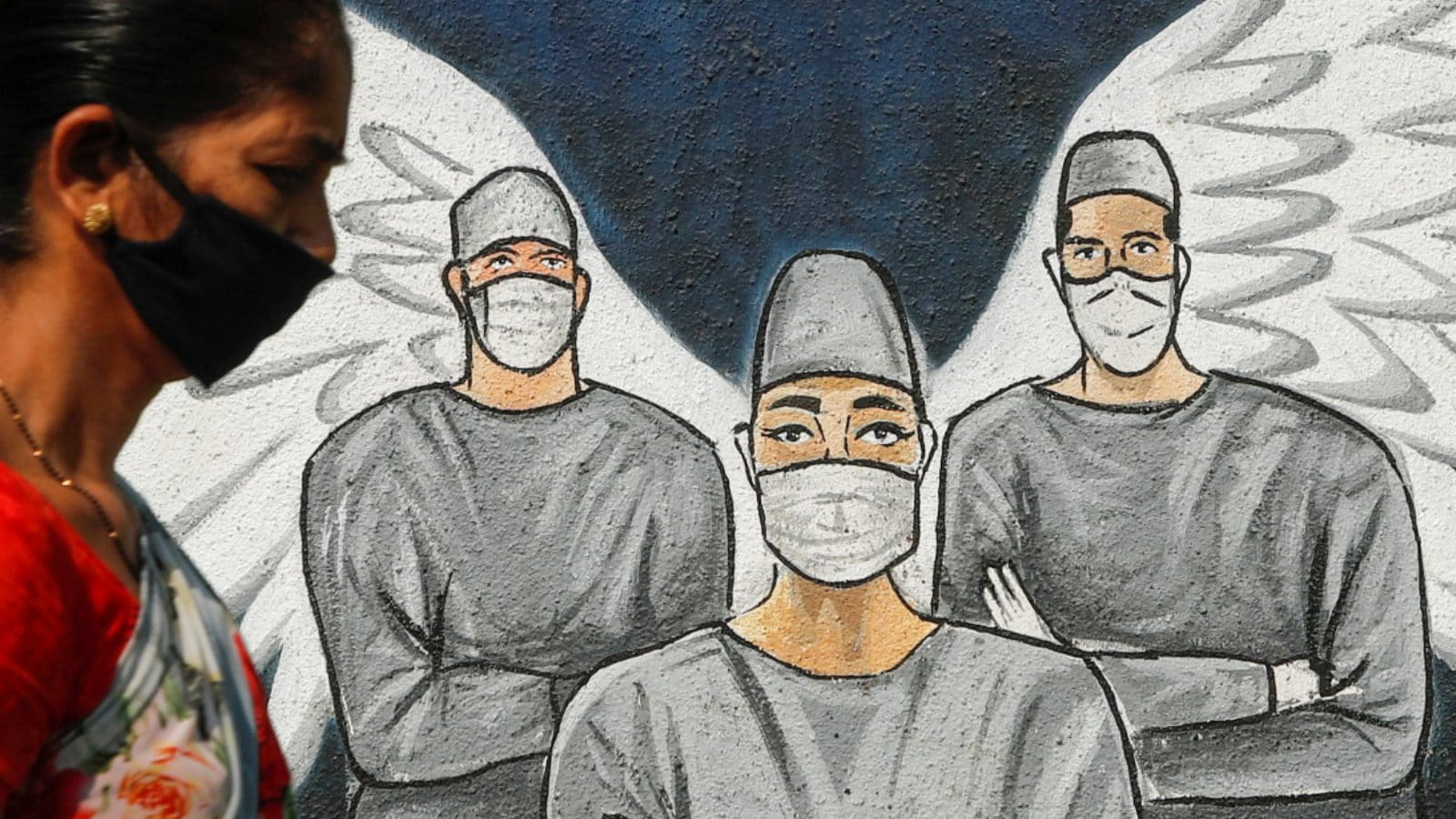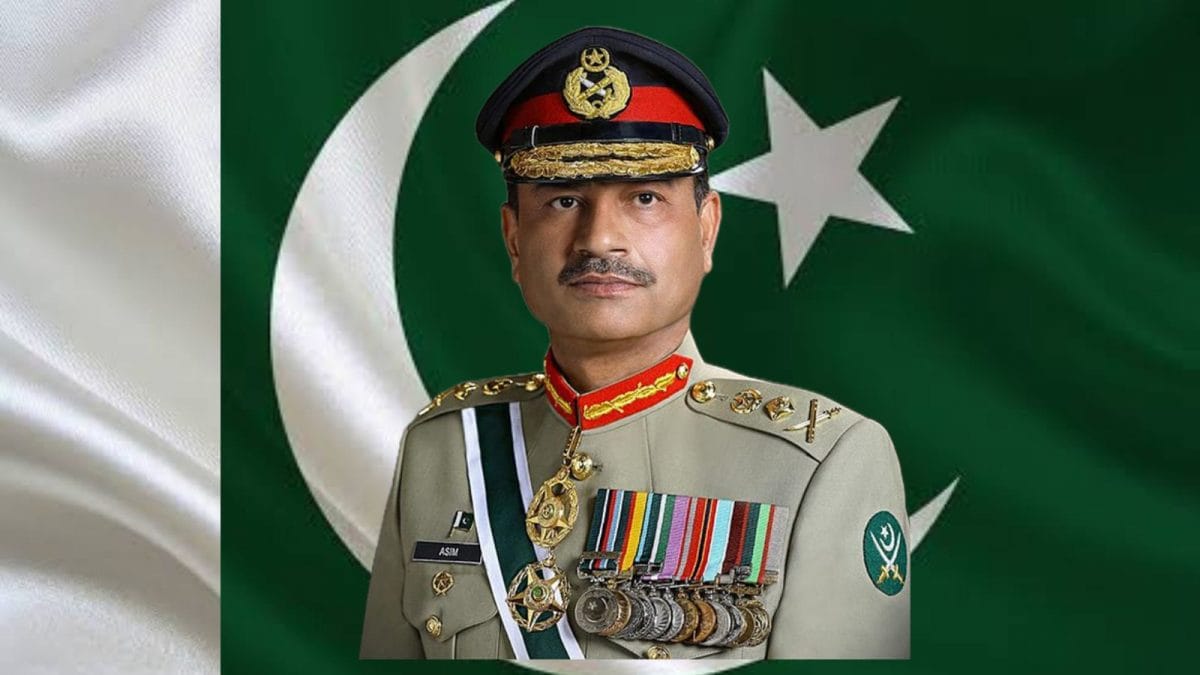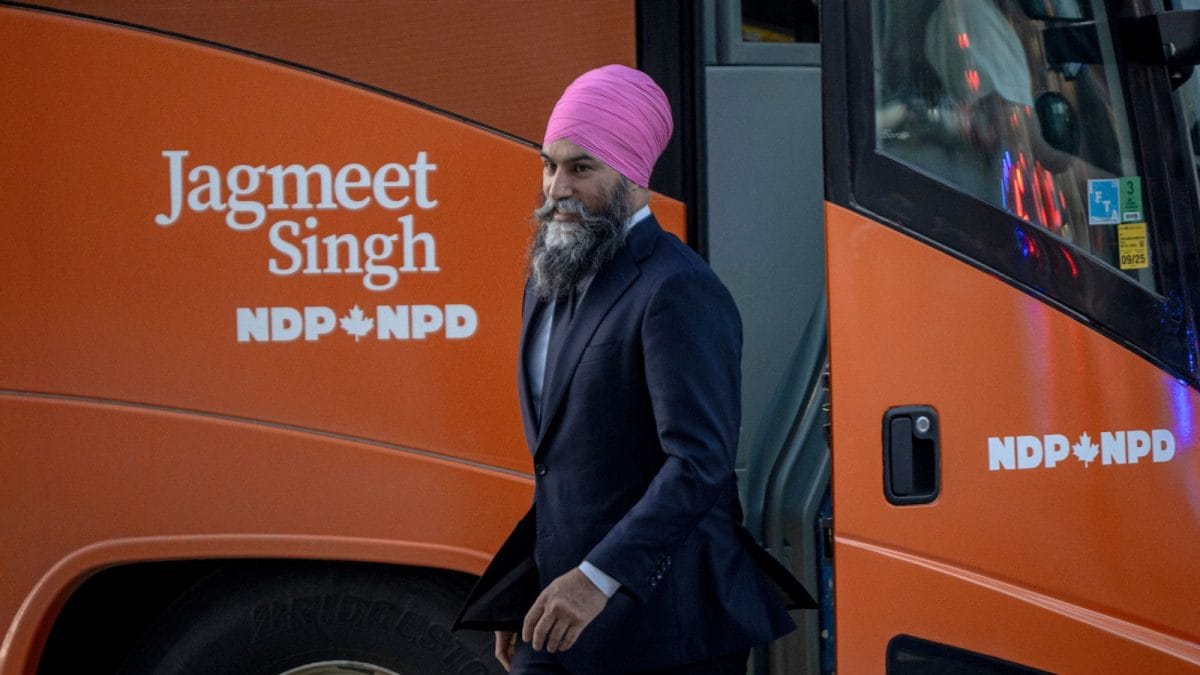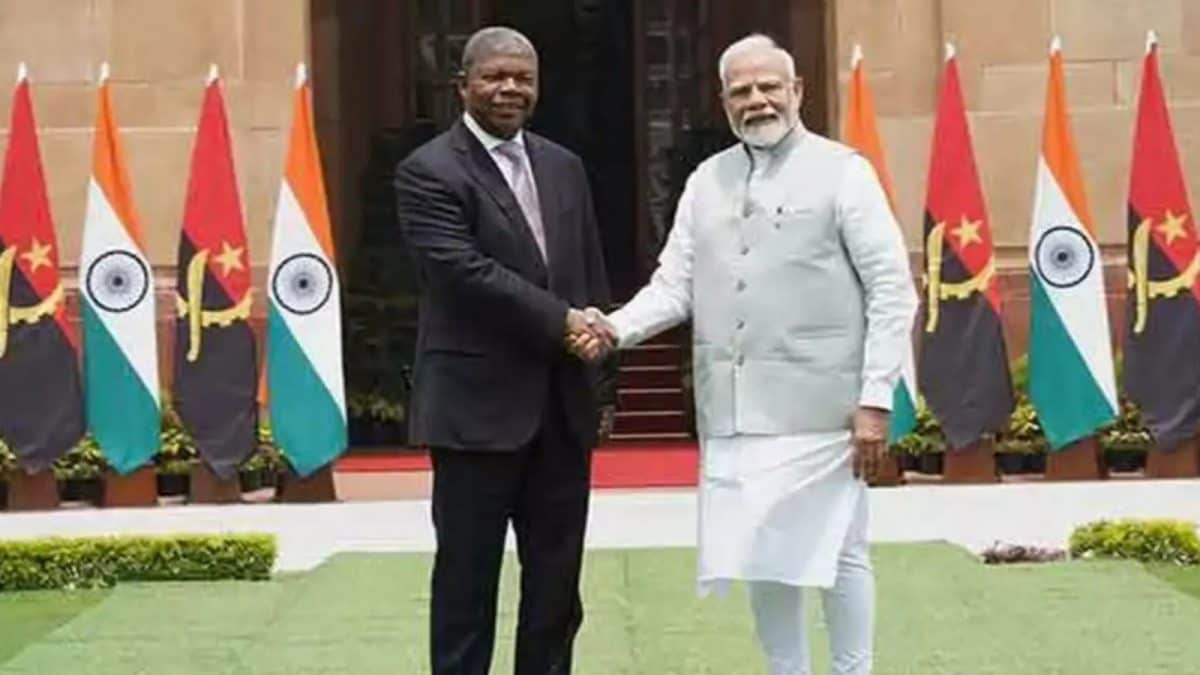From Polls to Pandemic to Principles-Based Debates, 2022 Will be Tentative, Even Frustrating

If 2021 was the year of expectations and hope, 2022 will be the year of uncertainties and hope. From elections to a new President, the pandemic to principles-based debates, the year ahead will be tentative, even frustrating, but will remain as India is—an exciting journey, a work in progress, a geography of hope.
Polls
Legislative assemblies of five states will elect their members in 2022. The electoral cycle will begin with Goa (term of the House ends on March 15, 2022); Manipur (March 19); Uttarakhand (March 23); Punjab (March 27); and Uttar Pradesh (14 May). While Uttar Pradesh will be the largest and the most intensely-contented election, each of the other four will mark the mood of the nation. Elections in these five states will also point to two other trends. First, the ability of non-BJP parties to coalesce and fight elections together. And second, within this loose confederation of egos, it will determine the party that will become the epicentre of the coalition—the Indian National Congress, the All India Trinamool Congress or state-specific regional parties. Howsoever, the structures evolve and whatever the results, what will definitely come up in the electoral post-mortem will be the one word that the Indian electorate has delivered consistently: “Surprise!” These five elections will be preceded and succeeded by five debates that will impact governance outcomes.
Progress
As a corollary to the elections above, India will debate the underlying — development and prosperity versus freebies and rhetoric. We will watch the evolution of voter aspirations. From ‘roti-kapda-makaan’ (food-clothes-house) in the pre-1991 debates to ‘bijli-sadak-pani’ (electricity-roads-water) till the 2010s to the addition of Wi-Fi in the 2020s. Parties that have adapted to changing aspirations have won; those that continued to linger in the past have lost. Social media provides parties a virtual ear to the ground. But those fighting elections need to smell the stench of inequality and the change in aspirations to win. Will a povertarian narrative work? Will the promise of free stuff be enough to buy votes? Will the progress delivered thus far be forgotten or appreciated? Will the electorate choose delayed gratification over cash, pressure cookers and TV sets and vote for development? Or will they vote for longer lasting free stuff like power, water, subsidies, and minimum support price hardcoded into law? These five elections will answer such questions as signals to the general elections in 2024.
President and Vice President
The terms of the President of India and the Vice-President of India end on July 24, 2022 and August 10, 2022. Both offices will come up for elections. Both are elected by an Electoral College, comprising elected members of Lok Sabha and Rajya Sabha along with elected members of state Legislative Assemblies and the National Capital Territory of Delhi and the Union Territory of Puducherry. Candidates for both the offices will need to reach out to and canvass the national parties, regional parties and state parties. To say that such canvassing will not work has been disproved by the election of Pranab Mukherjee in 2012. There will likely be three presidential candidates that will be announced, their candidatures debated and contested, and, finally, one will get elected. In the 2022 Presidential elections, the fight will be harder, the pushback stronger, the debates shriller.
Pandemic
The Made in China pandemic is not over yet. As the virus that originated in Wuhan mutates, policy debates around its prevention and control will continue through 2022. The lack of data-driven solutions is creating policy panic. From selective lockdowns to ineffective and illogical policies, state governments will play virtue-signalling rather than tackle the problem head-on. The intelligentsia will throw examples from countries that have neither the size nor the geography of India. In the previous mutation, New Zealand had become the benchmark; which country will replace it in 2022 remains to be seen. Panic will be the other currency of discourse. Some of it will be created by politics, some by policies and some by busybodies. All throughout, a pandemic-free world will remain elusive in the medium term. In 2022, we may come to terms with this.
Prosperity
In 2021, we saw a new narrative of wealth and prosperity replace poverty and squalor. In 2022, this will consolidate. There were 39 Made in India unicorns in 2021. The number may not match up in 2022. But unicorns are only a financial metric. The thousands of aspirations backed by strong business models, particularly around technology though not restricted to it, will find fruition in 2022. The number of enterprises with valuations of more than US $100 billion will rise. Those at the top will take a deep breath and consolidate. The 39 unicorns of 2021 have created financial expectations and the number of angel investors, venture funds and private equity companies will continue to fuel hopes — a success rate of just one out of 10 is enough to make up for the losses in nine. Money needs ideas, ideas need minds, minds are ideating, and this virtuous cycle will continue through 2022.
Power grab by the Judiciary
Riding the playbook of 2021, institutional breaches of the Constitution by the ‘guardians’ of the Constitution — the Judiciary — will unfortunately continue through 2022. The Supreme Court putting the three much-needed and much-debated farm laws in abeyance in a bid to accommodate rich farmers and traders is a Constitutional violation that has the danger of becoming a precedent, under which an unelected and self-selected judiciary will rule over those tasked with and responsible for law-making under the Constitution. But rather than the Executive (union government) or the Legislature (Parliament), it was the farmer unions who told the Judiciary to get off — they refused to meet the committee appointed by the Supreme Court. Playing to the gallery of reporters while writing orders (its Constitutional responsibility), the judicial overreach has crossed several limits.
The Judiciary needs a self-correction and is in dire need for reforms. But given the huge applause for such breaches, such correction seems unlikely. An institution that cannot tolerate criticism and has the audacity to say so publicly — all the while holding forth on how others should be more tolerant — is living in a bubble that is sadly getting bigger. An institutional face-off will happen, whether in 2022 or later remains to be seen. Today, the biggest danger to India’s democracy is not the dynamic Legislature or Executive; it is India’s unaccountable judiciary that is now mirroring the characteristics of an authoritarian China. But no, it will not reform in 2022.
Principles
One debate that has not yet taken place except in the domain of shame is a principles-led argument. That is, critiquing (positively or negatively) an event, a policy, a person, an idea, a book, or even a tweet based on fundamentals. That is, a scrutiny based on disinterested dialogue. In other words, stepping aside from ideological and political affiliations or leanings and deciding a stance based on data, logic and context. This fall from grace of those we hold in high esteem for their intellect has mushroomed since 2014, coinciding with the coming of Prime Minister Narendra Modi, and has become shriller since then. It is unlikely that 2022 will see a change. But as a note to responsible thinkers, this is a debate worth having this year. A US $3 trillion economy must have at least 300 such thinkers.
The article was first published in ORF
Gautam Chikermane is Vice President at ORF. His area of research is international and Indian economic policy. The views expressed in this article are those of the author and do not represent the stand of this publication.
Read all the Latest News, Breaking News and Coronavirus News here.
Source link






